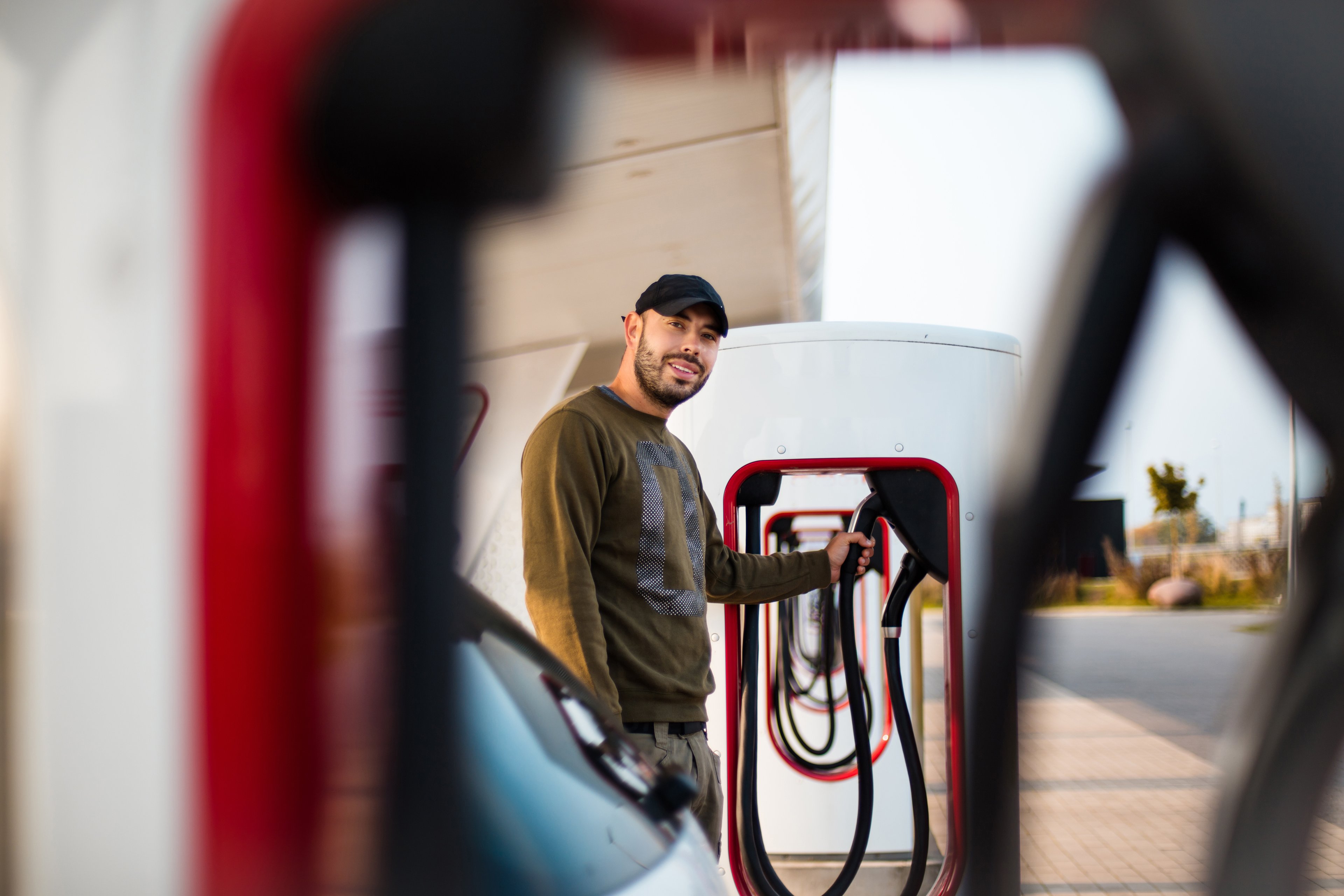Earlier in the month, Tesla Motors, (TSLA 0.16%) held it's quarterly conference call. Among the topics covered, development and expansion were the cornerstone of the conversation. Here's what that means for your portfolio.
Tesla doesn't have a demand problem, but that's not to say it has a supply problem either. If anything, one has to question if it can keep up its streak of stellar project execution in meeting demand in a seamless, fair, and transparent manner. Sure, there have been delays, but the company takes full ownership of said issue and is transparent about its need to balance the delivery pipelines in each of its markets.

Source: Tesla Motors
Growing up
Earlier in the year the EV company made its first deliveries to its Chinese clients. Amidst a great deal of media fanfare, Elon Musk ushered the Tesla brand into what may prove to be the company's largest market in the foreseeable future. Within a few short years it is very likely that China's Tesla demand will necessitate opening a domestic factory.
Tesla's Chinese brand expansion has a great deal of potential, especially considering the cutthroat price point of the Model S, China's goal to have 500,000 EVs on the road by 2015, and the amazing reception the carmaker has received from the Chinese market.
In fact, it seems that the Shanghai government is as enamored with Tesla as its Chinese customers are. The city granted its Model S drivers free license plates, reprieving them from paying the usual $10,000-$15,000 public auction price per plate.

China delivery media circus. Source: Tesla Motors
Growing out
Tesla is doing well in China, but there is one complaint that keeps coming up, and is worth unpacking a bit. Some customers have been quite vocal in their disdain for having to wait for delivery, but wait they must, as the delay to receive a Model S is about four to five months.
But they aren't waiting exclusively on the car, as Tesla's infrastructure of charging stations and service centers is a requisite for delivery and some more rural residential areas haven't been built out yet. The company is hard at work developing its networks in order to meet China's demand as quickly as possible.
Tesla's diligent expansion, and refusal to deliver vehicles without the proper service network speaks to a larger intention: to make the Tesla customer experience the absolute best it can be.

Source: Tesla Motors
And so it grows
In order to keep up the pace it has in the last year, and to meet its mind-boggling ambitions for 2014 and 2015, Tesla has to orchestrate all of its initiatives with the company's signature grace.
Within the next year, Tesla will expand its Fremont, Calif., factory capacity in order to increase Model S production and prepare for the Model X introduction, break ground on two or more Gigafactories (although with plans to only build one), and will continue to build out its charging and service infrastructure in each of its markets. Needless to say, Tesla is growing up and fulfilling it's potential with impressive efficiency.

Source: Tesla Motors
Growing pains
It's with that efficiency in mind that the company has recognized and addressed its current market-specific pipeline limitations. In order to meet demand in China and Europe as efficiently as possible, it's inevitable that Tesla will have to build out local production facilities.
Once its Fremont factory reaches maximum production potential, Tesla will likely open factories in each of its largest markets, China and Europe, specifically. Its intention is to meet local demand with local production, thus cutting it's delivery emissions, and building goodwill among its scope of influence by providing employment to thousands of people.
Tesla is coming into its own and needs space and resources in order to adequately explore its potential.

Source: Tesla Motors
Growth chart
So what should we expect from all of this expansion? We'll likely see Tesla property, plant, and equipment assets increase at a steady rate, much like the 15% increase we saw from Q4 2013 to Q1. It should be assumed that purchases of property and equipment will continue to rise, as was seen with the almost 140% increase from Q1 2013. Seeing selling, general, and administrative costs increase by about 150% year over year shouldn't surprise shareholders either -- that's just what happened from 2013 to 2014, and will likely increase as the company continues its impressive growth.
Should shareholders be worried about all this spending? Well, no, because the company is allocating its resources in the most efficient way possible. In order for Tesla to expand while adhering to sustainability, it needs to foot the bill in an agile manner, something that the company has become increasingly adept at doing over its short history. Just look at how it's return on assets has increased over the past five years:
TSLA Return on Assets (TTM) data by YCharts
Of course, Tesla's return on assets has been in the negative and increasing over time, as it's not been GAAP profitable, as of yet. Shareholders should expect its return on assets to continue its upward trend into the positive as the company grows and becomes profitable.
Tesla is hard at work managing its growth with the same agility and thoughtfulness that we've come to expect for the EV maker. The next three quarters will prove pivotal in the company's story, as with this much expansion comes a great deal of responsibility.







